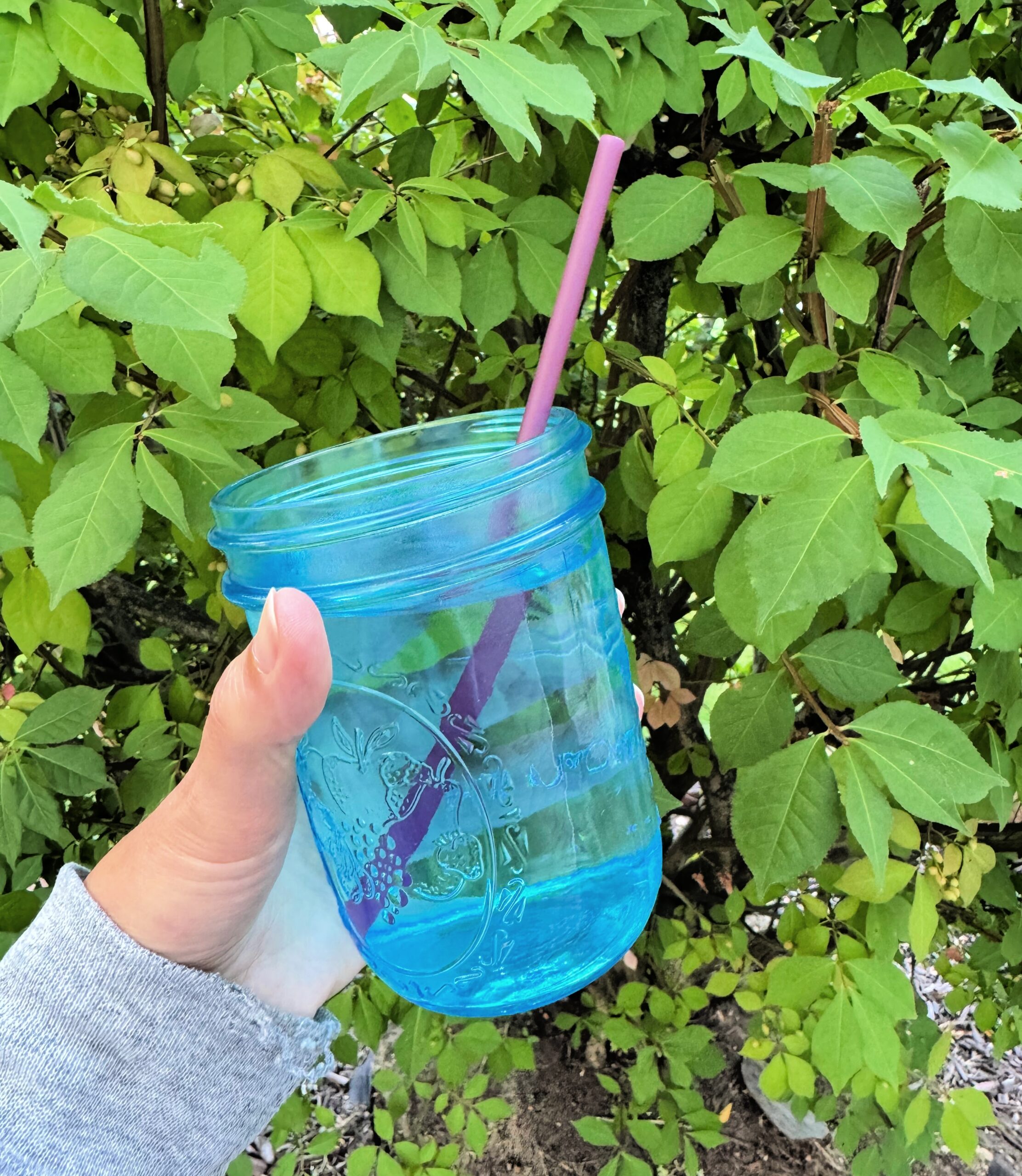As Canada moves forward with its Single-Use Plastic Ban, businesses across the country face the challenge of adapting to this transformative regulatory shift.
With the detrimental effects of plastic pollution becoming increasingly evident, there is a growing urgency for businesses to explore sustainable alternatives and innovative solutions for food packaging supplies Richmond area to mitigate their environmental impact.

Background
In October 2020, the Canadian government released a Science evaluation revealing the dire consequences of plastic pollution on our environment, including contamination of water sources and harm to wildlife.
This assessment prompted Environment and Climate Change Canada (ECCC) to propose ambitious measures to tackle the issue, including a plan to achieve zero plastic waste by 2030.
Fast forward to June 22, 2022, when the Government of Canada took a significant step forward by publishing the Single-use Plastics Prohibition Regulations (SUPPR), effectively banning certain single-use plastics like checkout bags, cutlery, and straws to combat pollution and promote sustainability.
Exploring the Single-use Plastic Ban in Canada
The SUPPR represents an important part of the Canadian government’s strategy to combat pollution, achieve zero plastic waste by 2030, and mitigate greenhouse gas emissions.
These regulations ban the production, importation, and sale of single-use plastic items, such as cutlery, checkout bags, food service ware, ring carriers, stir sticks, and straws made from or containing problematic plastics.
There are exceptions for single-use plastic flexible straws, subject to specific conditions to ensure continued access for those who need them.
What Single-use Plastics are Covered?
The ban prohibits manufacturing, importing, and selling six categories of single-use plastics:
| Plastic | Description |
| Checkout Bags | Businesses hand these bags to customers to carry their purchases at checkout. |
| Cutlery | KnivesForksSpoonsSporksChopsticks |
| Foodservice Ware | Plastic packaging with expanded polystyrene foam, extruded polystyrene foam, polyvinyl chloride, carbon black, and oxo-degradable plastic.Examples:Clamshell containersLidded containersBoxesCupsPlatesBowls |
| Ring Carriers | Flexible plastic wrapped around beverage containers to carry them together. |
| Stir Sticks | Flat and elongated plastic for stirring or mixing beverages. |
| Straws | Straight drinking straws and flexible straws, packaged with beverage containers like juice boxes and pouches |
What Does the Regulation Exclude?
Single-use plastic items excluded in the ban comprise:
- Clear or white plastic containers that are recyclable.
- Clear or white plastic cup lids.
- Polystyrene foam and plastic meat/produce trays (including black).
- Plastic garbage bags.
- Plastic foodservice wrap (cling wrap) or plastic pallet wrap.
- Zippered and non-zippered plastic food bags.
- Poly pound bags
- Other items not explicitly stated in government regulations.
Ways Your Business Can Adapt to The Ban
Reinvent Packaging Practices
- Reusable Packaging. Encourage reusable packaging options for food products, such as glass containers, stainless steel tins, and refillable packaging systems. Offer incentives for customers who have reusable containers.
- Optimize Packaging Design. Minimize packaging waste by optimizing packaging designs to use less material while ensuring product safety and integrity. This method may involve right-sizing packaging, which reduces unnecessary layers and uses lightweight materials.
- Explore Packaging-Free Options. Consider offering packaging-free options for certain products. Allow customers to bring their containers or provide bulk food dispensers where they can fill their containers.
Resort to Plastic Alternatives
Resorting to eco-friendly packaging is important in meeting consumer demand for sustainable products and reducing their environmental impact. It is also a compliant practice for future regulations to lessen plastic pollution.
Alternatives to foam and black plastic containers:
| Plastic Food Packaging | Eco-friendly Alternative | Feature |
| Containers | White or Clear Plastic Containers Pulp ContainersFolded Paper Containers | RecyclableBiodegradableCompostable lightweight |
| Shopping Bags | Paper Shopping Bags Reusable Plastic Shopping Bags | Eco-friendlyMultiple uses |
| Straws and Stir Sticks | Paper StrawsPlant-Based StrawsClear and White Sip Cup LidsWooden Stir Sticks | CompostableRenewable Recyclable plasticBiodegradable |
| Cutlery | Reusable cutleryWooden Cutlery Starch or Plant-Based Cutlery Paper-Based Cutlery | Reusable plasticBiodegradableCompostableRecyclable |
Participate in Recycling Programs
Here are the ways to participate in sustainable programs:
- Establish a waste management system separating recyclable materials from food waste and other non-recyclables.
- Provide training to employees on proper waste separation and recycling procedures.
- Collaborate with local recycling facilities or waste management companies.
- Install recycling bins and containers in convenient locations throughout the facility to encourage employees to recycle materials easily.
- Work with suppliers to reduce packaging waste.
- Participate in industry associations and advocacy groups to support recycling initiatives.
Ban the Waste, Embrace the Change
You can successfully adapt to single-use plastic bans by embracing sustainable alternatives, optimizing packaging practices, fostering consumer awareness, and establishing a reputation for sustainability. A wide selection of food packaging alternatives will help you join the movement toward a greener tomorrow.
Patek Packaging’s eco-friendly food packaging supplies Richmond offer practical solutions to support your business in your journey toward sustainability.
Frequently Asked Questions
Is resorting to eco-friendly packaging for food businesses costlier?
Transitioning to eco-friendly packaging may initially incur higher upfront costs for food businesses due to the price difference between conventional and sustainable materials. However, you can achieve long-term savings through reduced waste disposal fees, potential marketing advantages, and operational efficiencies.
How can food businesses ensure alternative packaging meets health and safety regulations?
Food businesses can use alternative packaging materials approved for food contact, conducting thorough testing and verifying certifications from regulatory authorities or third-party organizations.
Are there government incentives or support for food businesses transitioning to sustainable packaging?
Yes. These government incentives and support programs may include grants, tax incentives, and resources for research and development in eco-friendly packaging solutions.


Leave A Comment